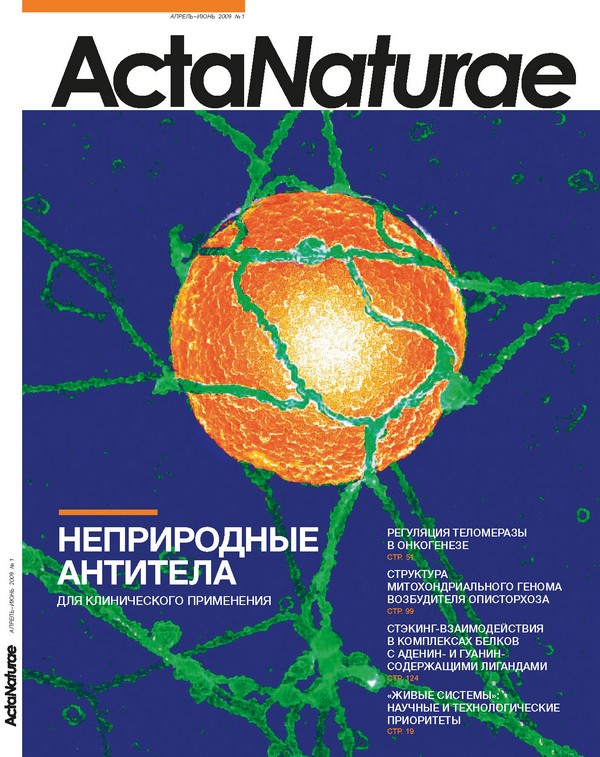Abstract
This study examines the features and limitations of direct Matrix-Assisted Laser Desorption–Ionisation (MALDI) mass-spectrometry profiling of bacterial cells for investigating a microbial population. The optimal laboratory protocol, including crude bacteria lyses by a solution of 50% acetonitrile, 2.5% trifluoroacetic acid, and using α-cyano-4-hydroxy cinnamic acid as the MALDI matrix, has been developed. Two different bacteria species were under investigation, and representative mass spectra from 278 strains of Neisseria gonorrhoeae and 22 strains of Helicobacter pylori have been analyzed. It’s known that both bacteria demonstrate a variable degree of polymorphism. For N. gonorrhoeae, the MALDI mass spectra that was collected possessed about 70 peaks, 20 of which were good reproducible ones. In spite of the fact that three peaks were found with differing spectra in some strains, little diversity in the N. gonorrhoeae population was revealed. This fact indicates the prospects in using direct MALDI mass-spectrometry profiling for gonococcus identification. In the case of H. pylori strains, the variety in the collected mass-spectra was shown to be essential. Only five peaks were present in more than 70% of strains, and a single mass value was common for all spectra. While these data call into question the possibility of the reliable species identification of H. pylori using this approach, the intraspecies differentiation of strains was offered. Good association between MALDI profile distributions and the region of strain isolation have been found. Thus, the suggested direct MALDI mass-spectrometry profiling strategy, coupled with special analysis software, seems promising for the species identification of N. gonorrhoeae but is assumed insufficient for H. pylori species determination. At the same time, this would create a very good chance for an epidemiological study of such variable bacteria as H. pylori.







